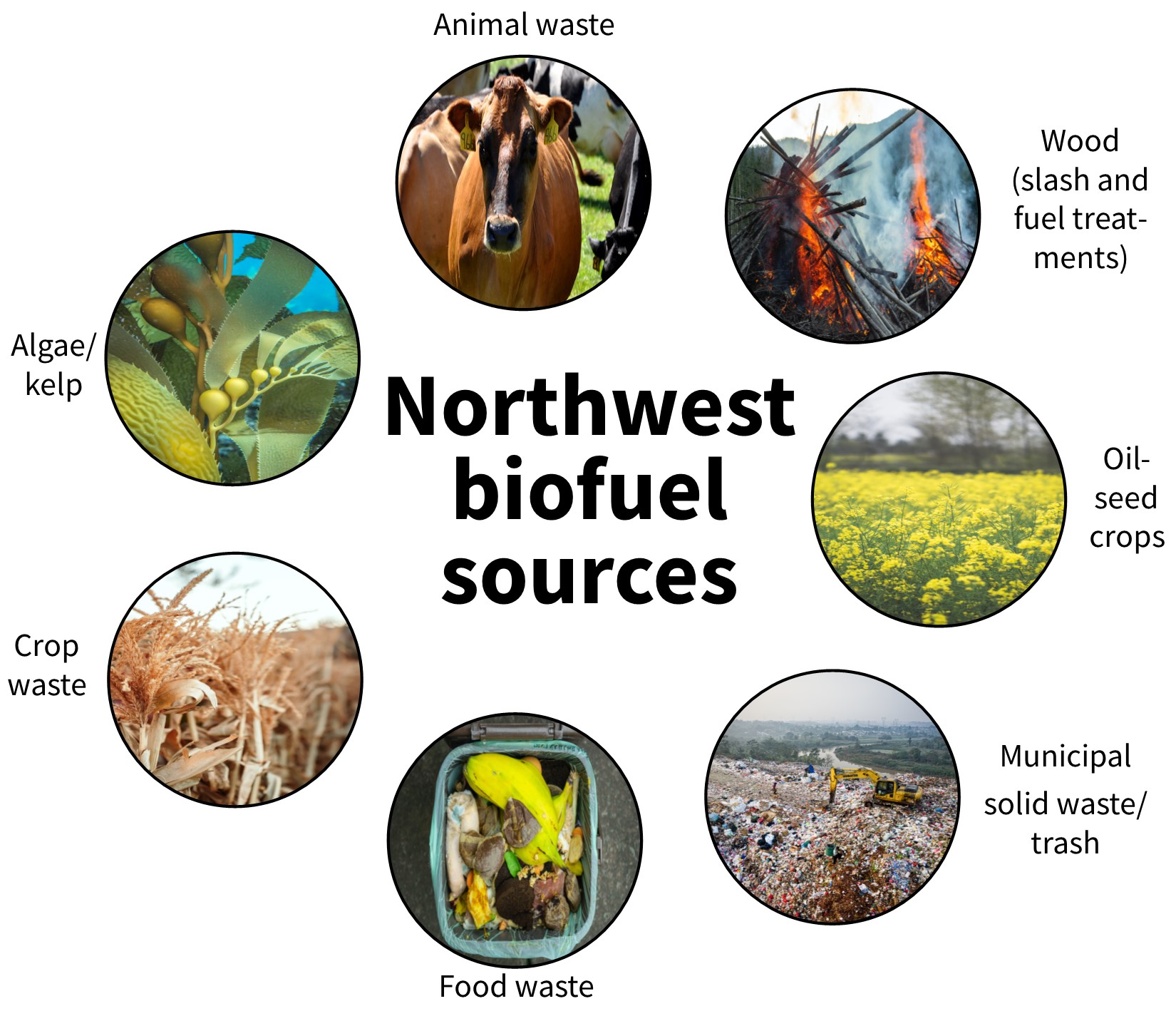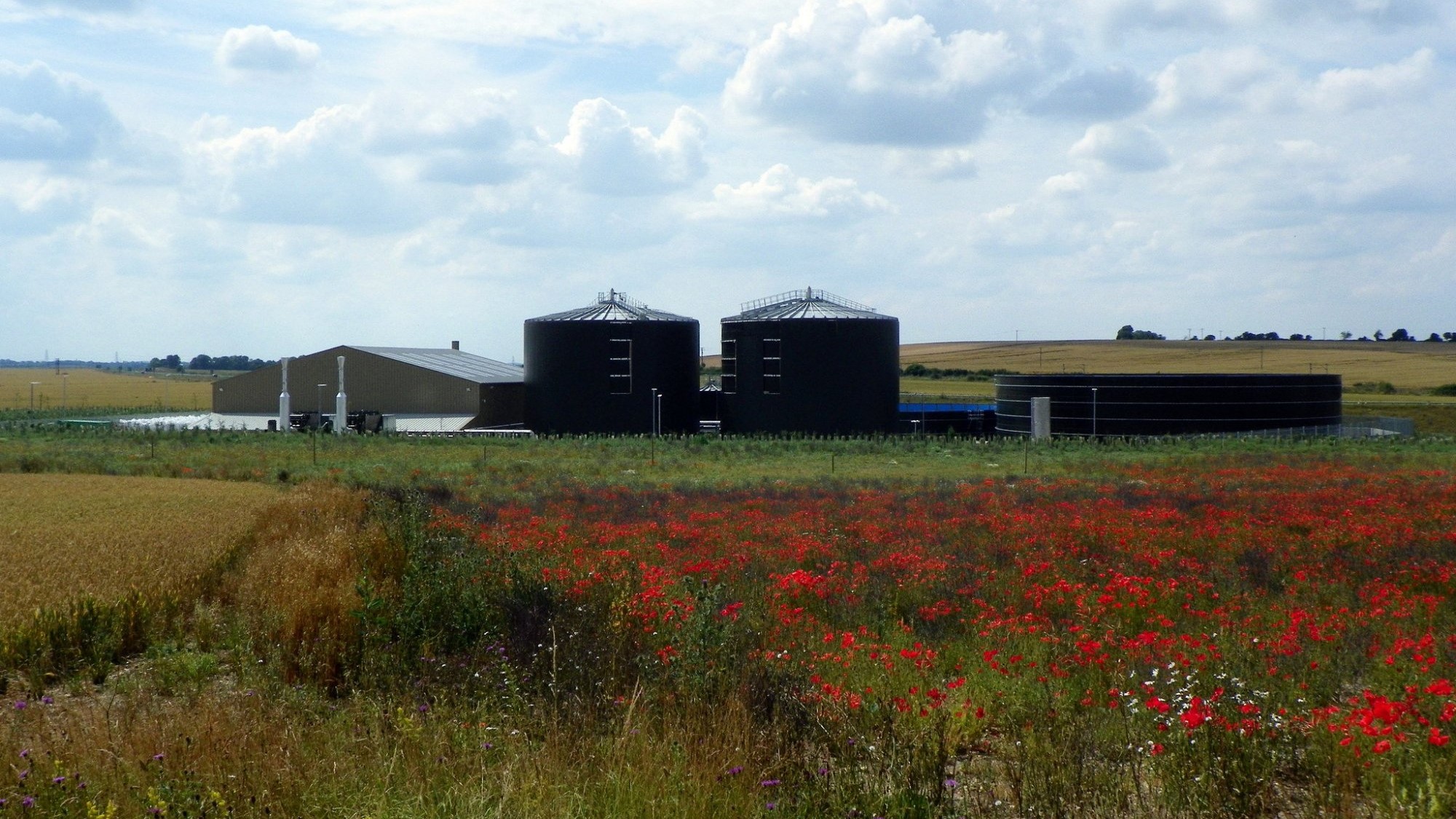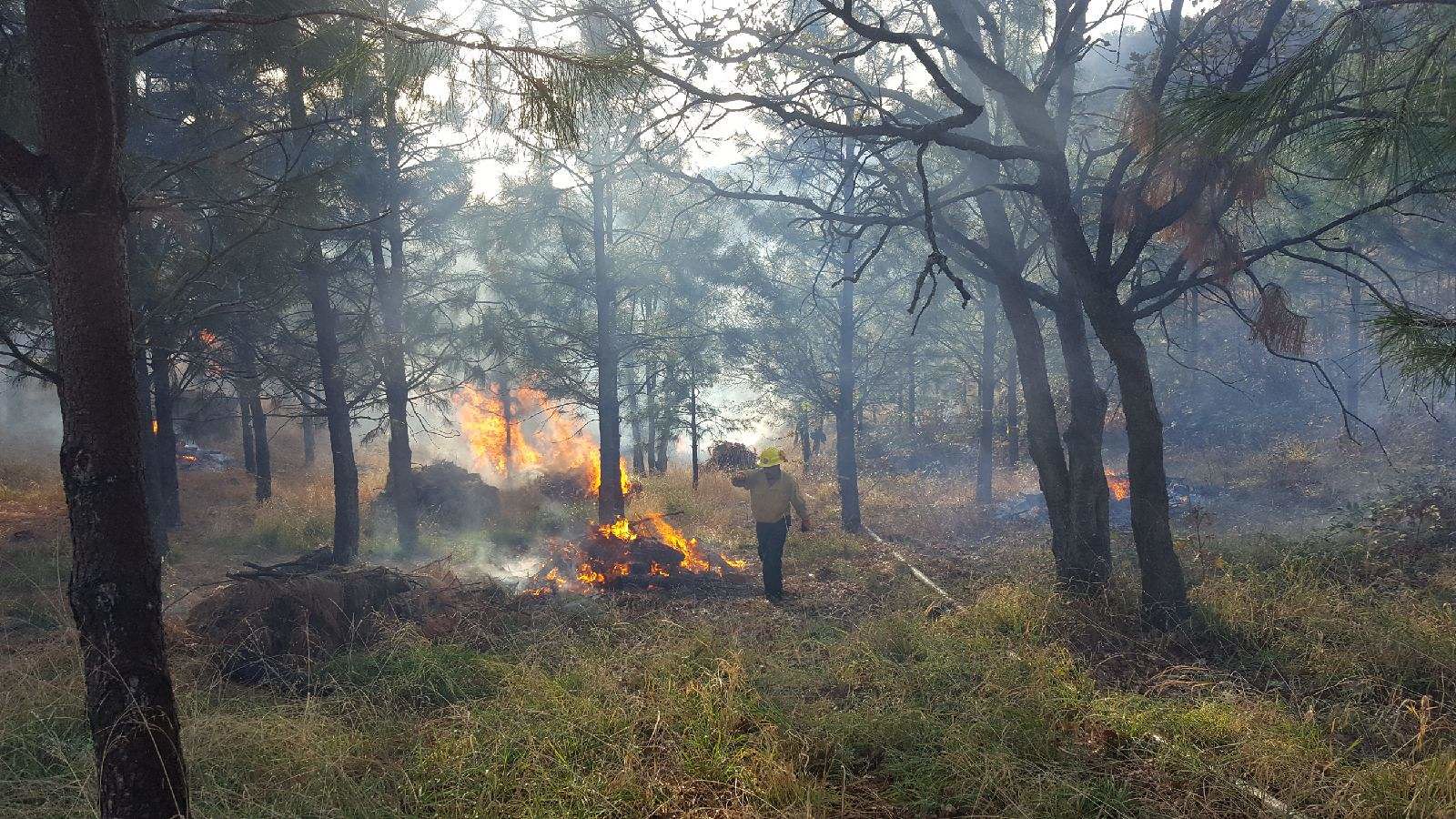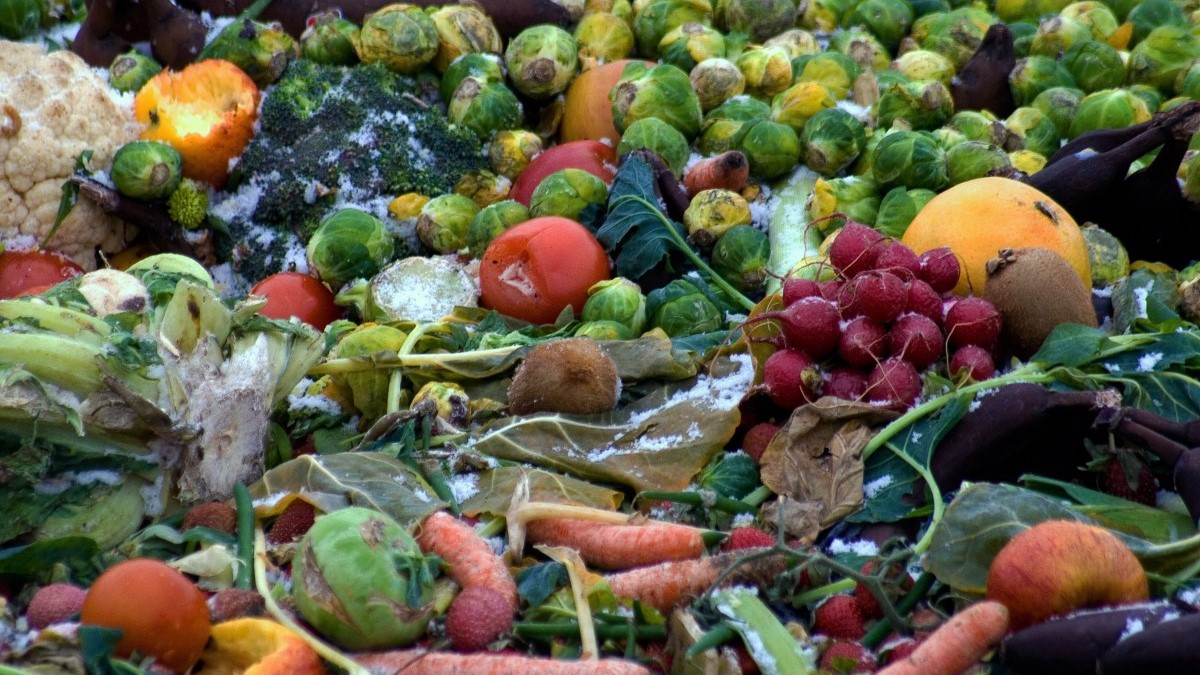What is biomass energy?
Biomass energy, or energy made from plant and animal products, is a source of renewable energy. It reduces our reliance on fossil fuels (mainly oil, gas, and coal), preventing the release of carbon into the atmosphere from those nonrenewable resources. Biomass energy has the potential to be carbon neutral. This can happen if the way it is created removes the same amount of carbon from the atmosphere that it releases (e.g., if growing, transporting, processing and burning ethanol created from canola emits the same amount of carbon the canola needs to grow). Biomass energy can also be carbon neutral if it prevents greenhouse gasses from being emitted from other sources (e.g., powering generators with recycled vegetable oil from restaurants, thereby preventing those generators from being powered by coal). Although it can be carbon neutral, biomass energy is not always nutrient neutral, in that to grow and transport biomass, nutrients are required that may release greenhouse gasses (gasses that cause global warming) or pollutants. These include, but are not limited to, nitrogen compounds from fertilizer for agriculturally produced biofuels, and carbon dioxide from transporting, processing, and growing biofuels.
The United States has a goal to reduce reliance on fossil fuels and increase the volume of renewable fuels, including those generated from woody biomass. In the northwestern U.S., biofuel production has grown in recent decades, and the region plays an integral role in reaching the goals set in the U.S. biofuel policy. The Northwest (Oregon, Washington and Idaho) has the ability to produce up to 122 million gallons of biodiesel per year from oilseed crops, which could fuel all U.S. diesel trucks for transportation for one day. If other types of biomass are used to create biofuel, Northwest biofuel energy production could increase significantly.
Some common sources of biofuels in the Northwest include:
- Agricultural products
- Oilseed crops such as canola, camelina, safflower, sunflower, flax, and yellow mustard
- Kelp
- Agricultural waste
- Animal manure
- Food waste from unharvested crops
- Non-food cellulosic (made of cellulose, the main part of plant cell walls) products, such as:
- Crop waste and feed crop residues such as hazelnut shells, wheat straw, corn stalks, etc.
- Cover crops
- Plant residues left after industrial processes remove oils, sugars, starches, and protein (spent grain after brewing beer)
- Municipal solid waste
- Food waste from homes and grocery stores
- Trash
- Wood
- Slash, course and find woody debris produced from thinning or logging a forest
- Small-diameter trees removed from forests for wildland fire fuel reduction treatments

Some considerations according to the USDA and Environmental Protection Agency (EPA) about increasing biomass energy capacity include:
- Reduction of greenhouse gas emissions when using fuels that come from agricultural or wood waste (compared to using fossil fuels).
- For regions that grow canola, corn, soy, and sorghum there can be greenhouse gas benefits. USDA has documented the greenhouse gas benefits from corn ethanol in reports released in 2018 and 2020.
- Reduction of greenhouse gas emissions from jet fuels by as much as 90% compared to conventional jet fuel.
- Decrease in fossil fuel imports, and as a result, decreased vulnerability to supply chain issues.
- Reduction of certain pollutant emissions.
- For example, increased burning of ethanol could reduce emissions of carbon monoxide.
- In other parts of the U.S., there is a potential for conversion of grasslands to agriculture from biofuels, which would lead to greenhouse gas emissions.
- Growing more biofuels may result in an increase in water pollution from fertilizer, pesticides, and sediment.
Scientists are still exploring the sustainability of biofuels to determine optimal ways to reduce atmospheric carbon. They are investigating how long it takes for the carbon that biofuels release to be reabsorbed by new plant growth and determining what types of fuels remove atmospheric carbon quickly enough for biofuels to be carbon neutral.
Read more about biomass topics:
- The Forest Guild developed Forest Biomass Retention and Harvesting Guidelines for the Pacific Northwest (Oregon and Washington) for foresters who put the highest priority on maintenance and enhancement of the entire forest ecosystem.
- For National Forest System land managers, the U.S. Forest Service Strategic Energy Framework provides direction for the Forest Service to contribute to national energy security, environmental quality, and economic opportunity.
- Database of State Incentives for Renewable Energy (DSIRE) provides policies and incentives by state (through an interactive map).
- USDA Rural Development: biofuel program
- List of USDA energy programs
- Grants and cost share programs to reduce wildfire fuels for private landowners
- BioSum is a tool to statistically analyze the consequences of various forest management options. This computer-based software program needs to be downloaded onto your computer.
- Forest Residue Trucking Simulator (FoRTS) compares moving costs of wood to biomass facilities. This is an excel based spreadsheet that can be downloaded from the USDA Forest Service, Forest Operations Research tools page.
- HARVEST is a model that simulates the amount of biomass/slash that will be left after timber harvest.
- Biomass Power Association’s map of biomass power facilities in the U.S.
- National Renewable Energy Laboratory’s (NREL) geospatial data tools for different types of biomass in the U.S.
- A research paper on the economic value of biomass in Alaska
- A research paper on the possible reduction of the cost of forest restoration by selling small diameter trees in Oregon
- A research paper on the economics of biomass energy in Colorado
- Background information on biochar
- A brief summary on the potential of biochar to store carbon
- A research road map to develop the biochar industry in the Northwest: Biomass to Biochar: maximizing the carbon value
-

A description of the various processes to make biofuel and the type of fuel each process makes.
-

Leftover wood from harvest and fuel treatments can be a sustainable source of energy in the Northwest.
-

Biofuels created from food waste and non-food crops in the Northwest have the potential to be sustainable.

